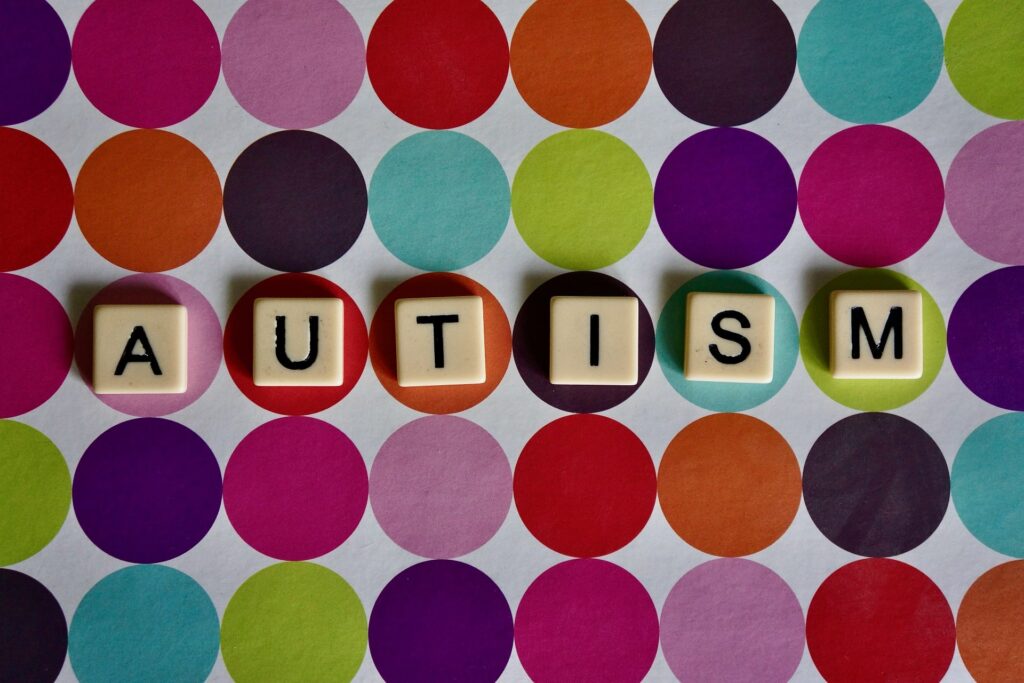
Introduction
Autism, a complex neurodevelopmental disorder, is characterized by a wide spectrum of strengths and challenges that vary from person to person. While awareness of autism has grown, understanding the daily experiences and challenges faced by individuals on the spectrum is crucial for fostering empathy and creating inclusive communities. Dr. Michael Hilton, this article offers insights into the lives of individuals with autism, shedding light on their experiences, challenges, and the ways in which society can support their journey.
I. Sensory Sensitivities
Sensory sensitivities are a hallmark of autism. Individuals on the spectrum might experience sensory input—such as lights, sounds, textures, or crowds—differently, which can lead to sensory overload or discomfort. Creating sensory-friendly environments and respecting sensory preferences can greatly improve their quality of life.
II. Social Communication
Social communication can be challenging for individuals with autism. Difficulties in understanding nonverbal cues, maintaining eye contact, and interpreting social nuances can lead to social isolation. Patience, clear communication, and fostering inclusive social spaces can help bridge these gaps.
III. Routine and Predictability
Many individuals with autism thrive on routines and predictability. Slight changes or disruptions to routines can cause distress. Providing structure, offering advance notice of changes, and creating a supportive routine can provide a sense of security.
IV. Special Interests and Strengths
Autism often brings with it intense special interests and strengths. These interests can be a source of joy and skill development. Recognizing and supporting these interests can contribute to individuals’ self-esteem and overall well-being.
V. Empathy and Acceptance
Empathy and acceptance are critical for creating a supportive environment. Understanding that every individual on the autism spectrum is unique and deserving of respect helps break down stereotypes and fosters a culture of inclusivity.
VI. Employment and Education
Navigating employment and education systems can be challenging for individuals with autism. Tailored accommodations, supportive learning environments, and workplaces that embrace diversity can empower individuals on the spectrum to reach their full potential.
Conclusion
Understanding the daily life and challenges faced by individuals with autism is essential for building a compassionate and inclusive society. By recognizing the impact of sensory sensitivities, addressing social communication barriers, embracing routines, celebrating strengths, promoting empathy and acceptance, and providing tailored support in education and employment, we can ensure that individuals on the autism spectrum have the opportunity to lead fulfilling and meaningful lives.
As a society, our commitment to understanding and supporting individuals with autism goes beyond awareness—it extends to creating environments that value diversity and empower individuals to navigate the spectrum with confidence and dignity. Through informed understanding and meaningful actions, we can bridge the gaps and create a world where everyone, regardless of their neurological makeup, is embraced and celebrated for their unique contributions.